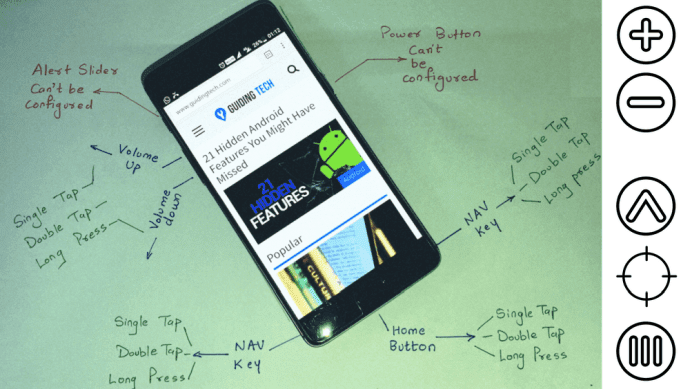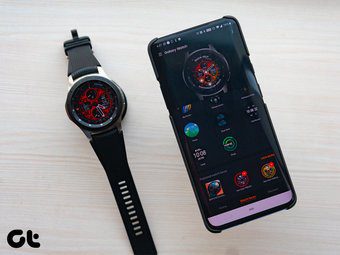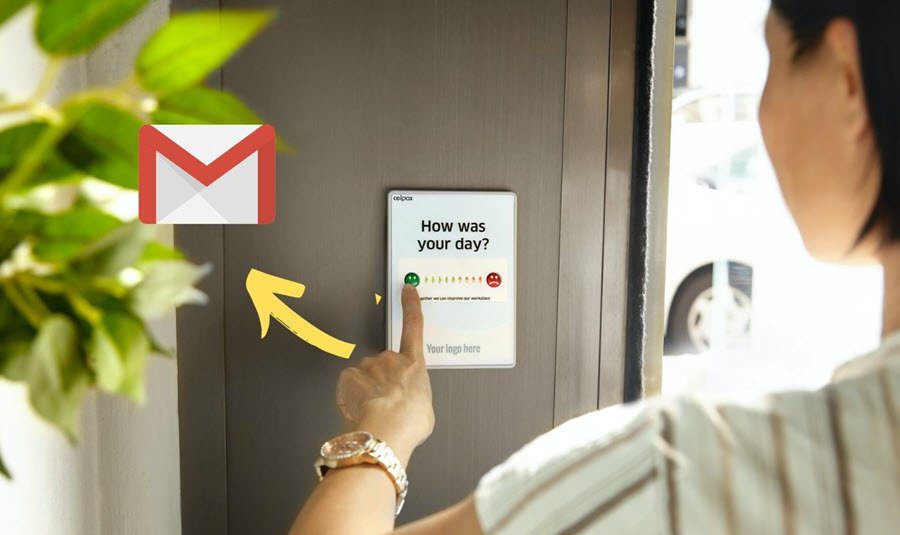This is the cause of one of the biggest frustrations in Windows. Every app has its own update mechanism. Every time an update shows up, you are told about it after you launch the app. Then if you wish to update, you need to click a couple of buttons and sit there waiting while the update downloads and installs itself, often with your supervision. Ninite solved the problem of installing apps in bulk. Using Ninite you can download apps of your choice for your system without the annoying install process and bloatware. Ninite has a tool that does this for updating apps as well. But it is paid. Until now I was not able to find a free equivalent of Ninite’s update tool that was just as fast and reliable. Now, I have. Meet Patch My PC.
What is Patch My PC?
Patch My PC is a little 400 KB portable app that scans your system for installed apps and tells you if updates are available. The app showed me updates for all the popular apps like Chrome, Firefox, iTunes, CCleaner and more.
How it Works
After launching the app you’ll see two tabs on the left side – these house all the apps that are installed. App names in green mean you’re running the latest version. The ones in black mean either the app is not installed or there’s no new data available. The red ones are in dire need of an update. After the first scan, Patch My PC will select the apps that need to be updated and you can just click the Perform X update button to start the process. The apps in question will need to be closed during the process. But you’re free to tinker with this list. Go to the Options tab to customize the update process. Here you can select the apps you don’t want to be auto-updated (the ones you rely on for work like Photoshop) and you can also save a log file to see if things go wrong. Other options include being able to save downloaded updates, creating a restore point before updating (very helpful) and more.
More Features of Patch My PC
Just the fact that Patch My PC gives you a one click option for updating all your Windows apps is awesome. But it goes one step forward. Go to the Schedule section and the app will ask you to download a small, 127 KB directory file. Once that’s done you can specify a schedule for auto-updates. That’s right, PMP can check for updates every day or once a month and install them automatically. The app also has features like uninstaller and startup manager.
How Do You Manage Windows Apps?
What’s your preferred way of downloading, maintaining, and updating Windows apps? Are you a Ninite man or do you believe in downloading and updating your programs individually? Let us know in the comments below. The above article may contain affiliate links which help support Guiding Tech. However, it does not affect our editorial integrity. The content remains unbiased and authentic.










